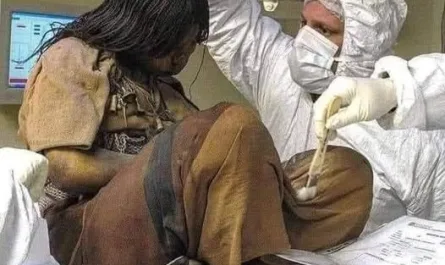Imagine yourself back in 1,000 BCE. Forget about your favorite jeans or comfy leggings; you’d probably picture people wrapped in tunics or draped in togas, right? Well, a recent, incredible find by German archaeologists is turning that idea on its head! They’ve unearthed the world’s oldest known pair of trousers, an astonishing 3,000 years old, from the Yaghai tombs in China’s Tarim Basin.
This discovery is a huge deal, not just for what it tells us about early clothing, but also because it strongly supports the idea that nomadic shepherds were the original fashion innovators. According to Science News, these ancient herders likely adapted their attire to suit their lifestyle, driving the evolution from simple tunics to the more practical and recognizable form of trousers.
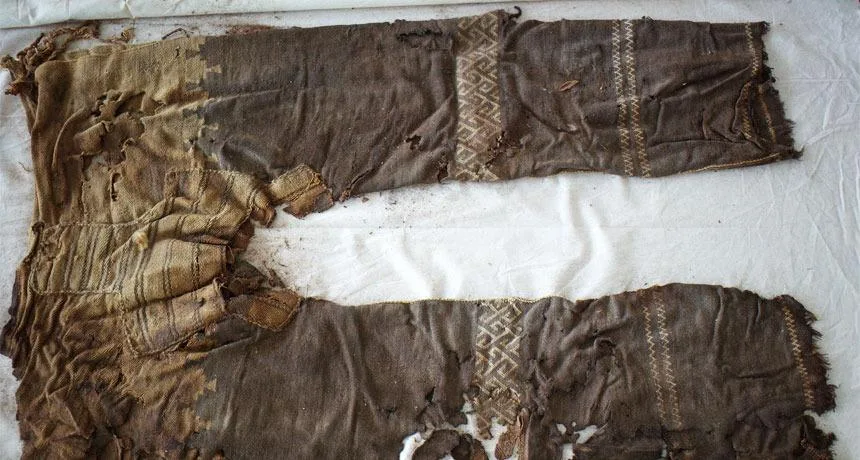
A Glimpse into Ancient Lives
The trousers were found on the remains of two approximately 40-year-old male shepherds. And they weren’t alone! Alongside them were a treasure trove of fascinating artifacts, including a decorated leather bridle, a fragment of a wooden horse, a battle axe, a leather arm guard, a whip, a bow, and a quiver. These items suggest these were not just shepherds, but likely warriors and herders, reinforcing the theory that their need for protection and freedom of movement while riding animals was the driving force behind the invention of trousers. This argument is supported by Dr. Victor Mair, a scholar at the University of Pennsylvania.
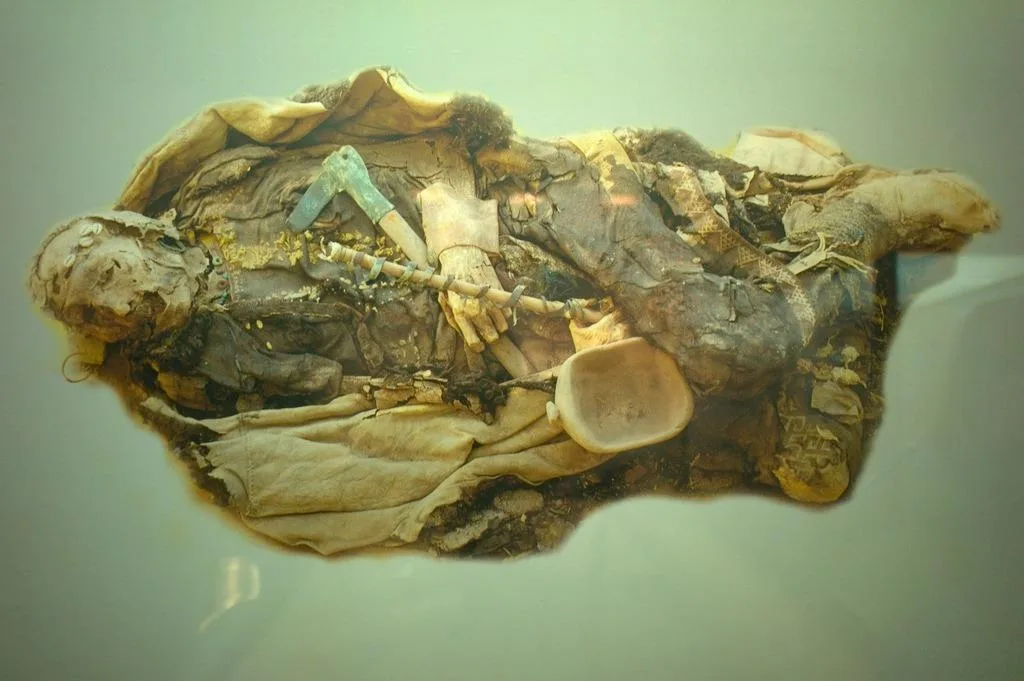
Before this find, we knew that earlier civilizations in Asia and Europe used basic tunics and draped garments. However, the exact point when clothing evolved into more complex, tailored forms like trousers was a missing piece of the puzzle. This discovery fills that gap, offering a clearer picture of how our ancestors dressed.
Beating the Odds: Preserving Ancient Textiles
Finding ancient clothing is incredibly difficult because animal-derived fabrics deteriorate so quickly. While we estimate our ancestors began using animal skins and plant materials for clothing as far back as 100,000 to 500,000 years ago, solid evidence of sewing techniques is much newer, with basic bone needles for sewing leather dating back “only” 40,000 years. The oldest actual fibers and fabrics ever found come from a prehistoric cave in Georgia, dating to 36,000 BCE.
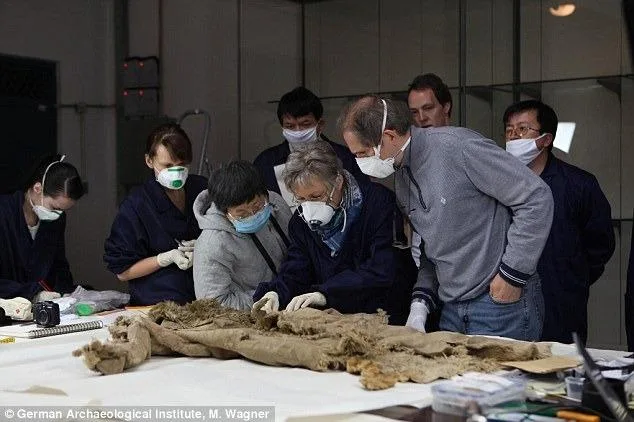
That’s what makes this discovery so groundbreaking! Dr. Ulrike Beck and Dr. Mayke Wagner, who led the excavation team from the Archaeological Institute of Berlin, have rightly called it “a groundbreaking achievement in the history of clothing manufacturing.”
This project is part of a larger initiative called “Silk Road Fashion,” which has already brought to light a remarkable collection of 3,000-year-old garments from Central Asia. For example, a fur coat currently being analyzed by a joint German-Chinese team further highlights the immense value of these ancient relics.
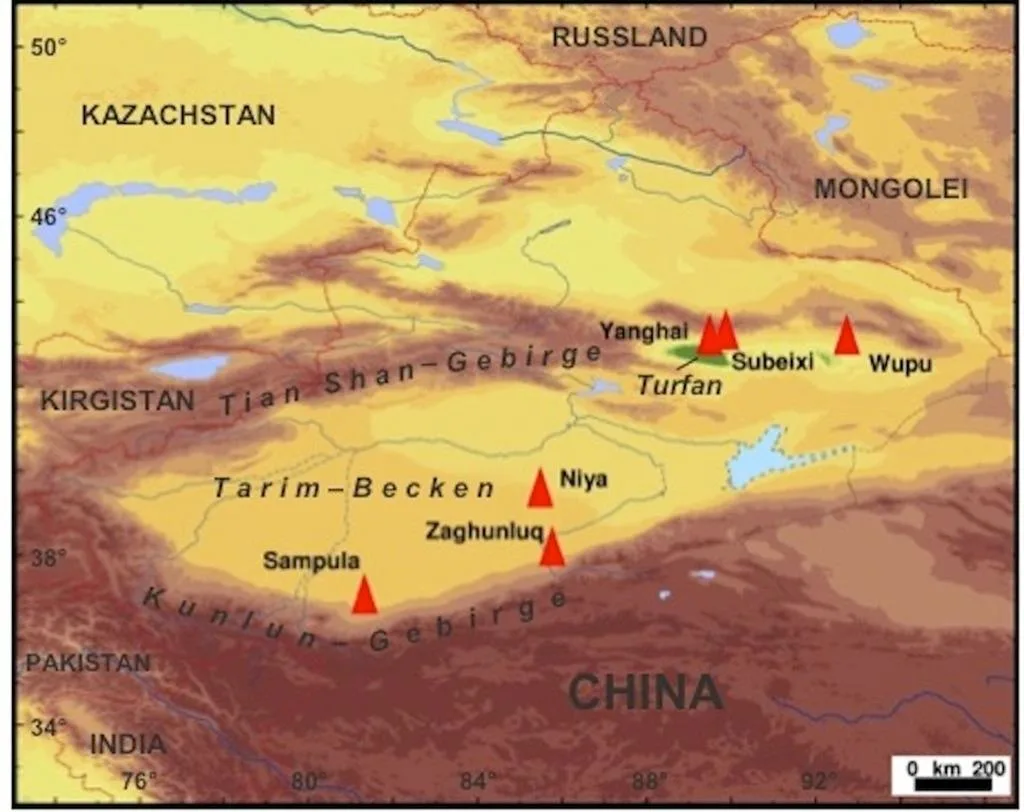
The secret to this incredible preservation lies in the warm, dry climate of the Yaghai Tombs. This arid embrace not only protected the bodies but also their incredible garments. This is the same region where the famous Tarim mummies, known for their exceptionally well-preserved bodies and Caucasian features, were previously found.
Surprisingly Modern Design
What really blew the archaeological team away was the surprisingly modern design of these ancient trousers. Made of wool, they were tight-fitting at the legs, loose at the crotch, and even featured decorative motifs on both sides. They were cleverly constructed from three separate pieces: one for each leg and one for the middle area. They even incorporated unusual details like side slits that resemble pockets and drawstrings for waist adjustment.
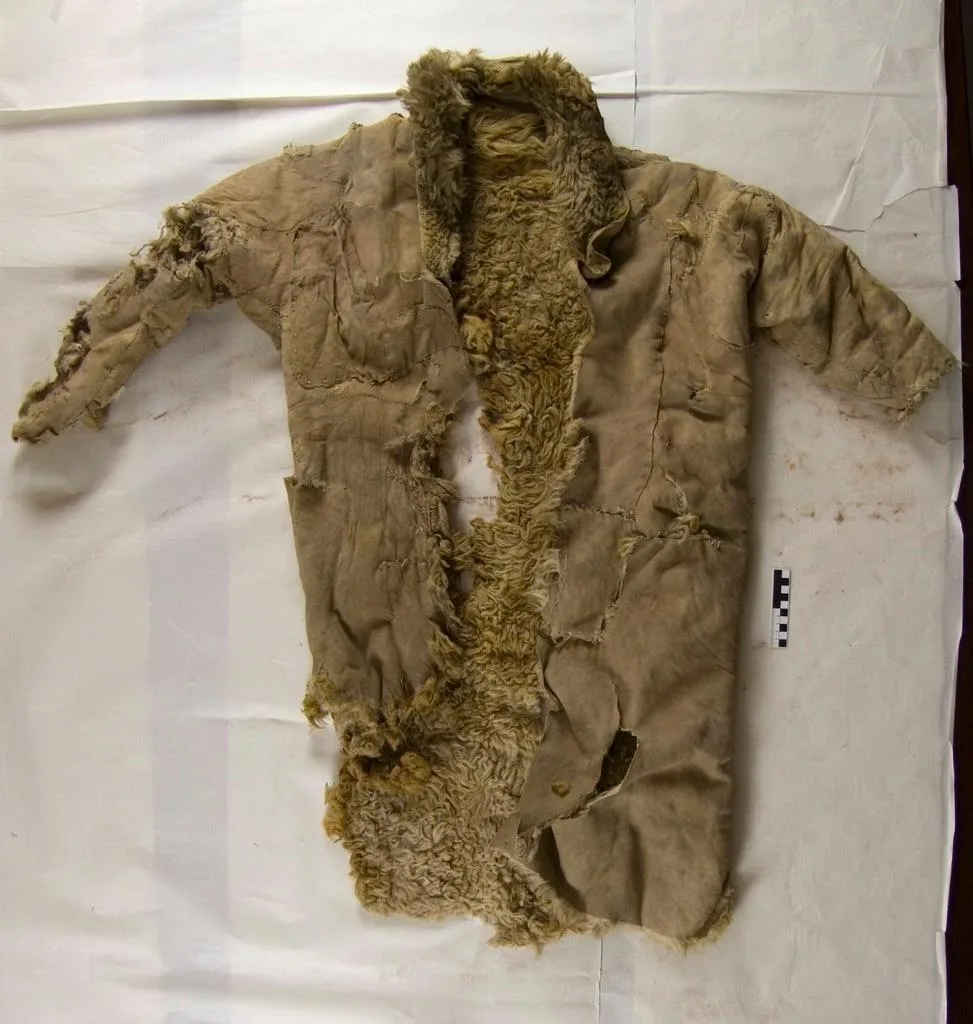
This incredible find doesn’t just rewrite our understanding of ancient attire; it highlights the ingenuity and adaptability of our nomadic ancestors. The Tarim Basin continues to be an archaeological goldmine, preserving not only remarkable human remains but also revealing fascinating chapters in the history of human fashion.


